The rudbeckia flower, to which the article is devoted, belongs to grassy flowering plants. It, resembling a bright sun in a flower bed, is undemanding to growing conditions, and blooms in the garden from June until late autumn. It has a variety of colors and shapes of flowers - it is one-color yellow, yellow-orange or with a dark border in the middle. That’s why it’s doubly nice that planting and caring for long-term ores are not requiring special efforts from the grower.
Material Content:
Perennial rudbeckia - nuances of cultivation
There are several dozen varieties of rudbeckia.

By height, they can be divided into groups:
- the highest three-meter, which in common people call "yellow balls";
- medium-sized plants, one and a half or two meters tall;
- low varieties, from 30-40 cm to a meter.
Rudbeckia is one of the most unpretentious flowers; it has a wonderful winter in a temperate climate. Prefers sunny places, showing here all the beauty of its flowers. In the shade, the flowers will be smaller and not so bright. He likes drought more than overflow.
It is advisable that the soil in which the flowers grow does not dry out - it is moist, but not too wet.
The ground around the flowers is covered with mulch, this allows the soil to maintain optimal humidity.
Perennial rudbeckia is fertilized, cut in autumn and rejuvenated by dividing the bush after several years of cultivation in one place.
Breeding methods
All varieties of rudbeckia are propagated by perennial seeds and division of rhizomes.
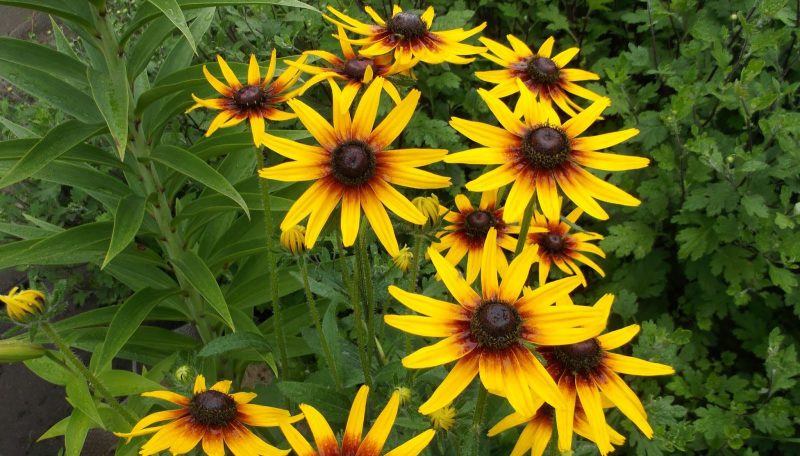
- For the latter method, in August or at the very beginning of spring, the bush is dug up and divided into 2 halves. If it is large, you can divide it into a larger number of parts.The resulting plants are planted in a new place. Rudbeckia is propagated by division in the adult state, when the bush reaches the age of 3 years, and it forms a good, powerful root system.
- You can propagate rudbeckia seeds. They are harvested after the plant fades, and its inflorescences are completely dry. The flower head with mature seeds is torn off, harvested, dried and stored until sowing. From seeds, seedlings are grown indoors or directly on a flower bed. To do this, they are planted in April or late March - you do not need to do this before, so that the seedlings do not outgrow. Seeds germinate after about 2 weeks. When the sprouts have 2 true leaves each, they are thinned out so that healthy seedlings can form.
Outdoor landing
Seedlings grown on a windowsill or in a greenhouse are planted in open ground when persistent warming sets in. In central Russia, rudbeckia is planted on a flowerbed in late May or early June, and in the southern regions in early or mid-May.
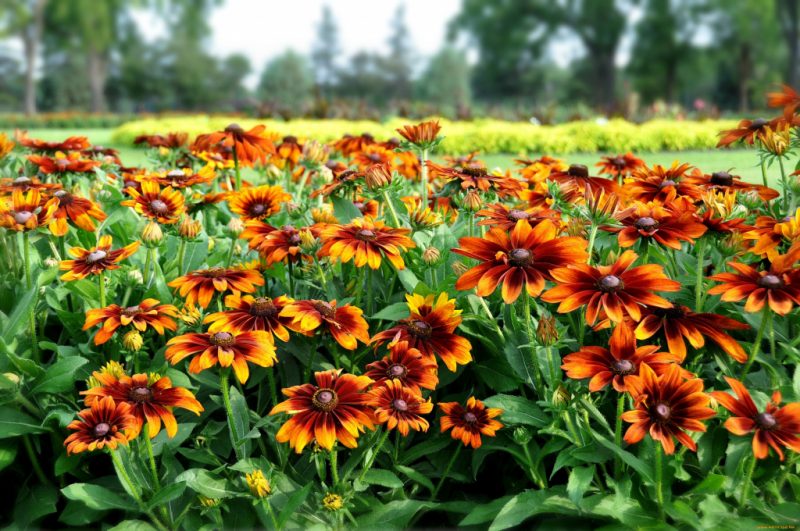
Seedlings grown from seeds in open ground are transplanted to a permanent place in autumn. Young bushes are trimmed and covered with mulch or spruce branches. The distance between the seedlings should be at least 30 cm.
When propagating by rhizome dividing, rudbeckia older than 3 years is dug up in April or May, the bush is divided into two or more parts, leaving renewal on each bud, and immediately planted in the ground. Rudbeckia can be propagated by dividing the bush in the fall, but if there is a harsh winter, newly planted bushes may freeze.
Site and soil preparation
Before planting, the rudbeckia is dug up a flower bed, freed from weeds, and fertilized. Seedlings are placed in dug holes without breaking an earthen coma - then it quickly takes root in a new place.
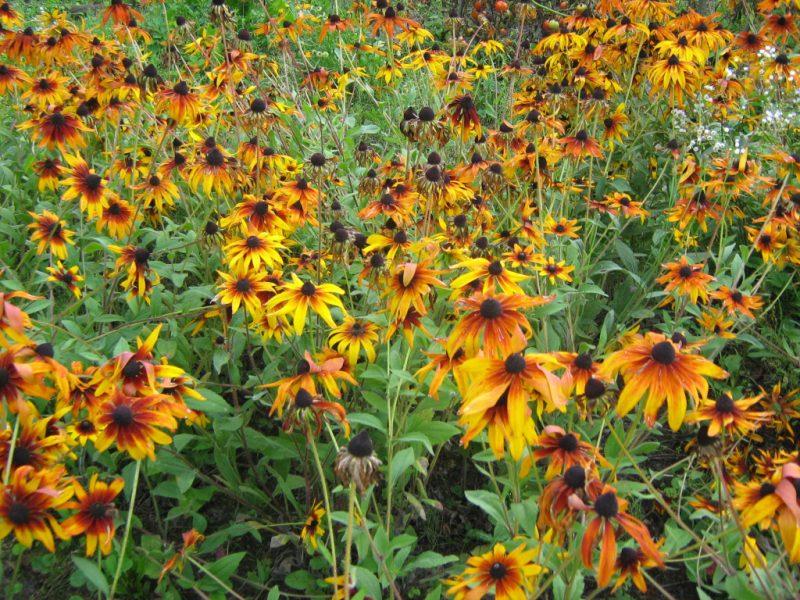
- Rudbeckia loves a fertile, light land. A little sand is added to the loamy soil to better allow moisture to pass through, and peat or humus to fertilize.
- The seedling is placed in a well watered hole.
- A month after planting, rudbeckia can be fed with mineral fertilizer.
- It blooms in the second year.
How and when to plant?
Fortified seedlings are planted in open ground on warm May or June days.
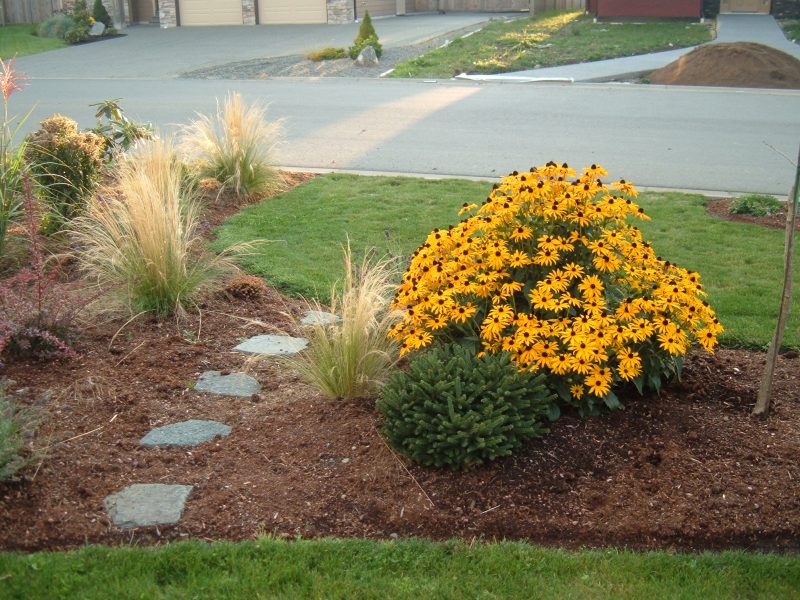
At the time of transplantation, young plants should have 2-3 pairs of true leaves and a well-formed root system. Seedlings are sensitive to cold, so two weeks before planting in open ground, they take it out in the afternoon to fresh air for hardening.
Rudbeckia is planted early in the morning or in the evening after sunset in the last ten days of May or early June. If the place is sunny, shade the plants during the day in the first two weeks, until they take root and get stronger.
Rudbeckia perennial: care
Perennial rudbeckia flowers are surprisingly unpretentious and durable. A blossoming flower lives for more than 2 months, so the flower bed does not lose its decorative effect all summer. In order for the rudbeckia bushes to be healthy and beautifully bloomed, they are regularly watered during the growth period, fed with universal fertilizers or liquid organics (a solution of overripe grass).

- Tall varieties of rudbeckia require garter. Strong stems with strong winds can fall over, so the garter to the support is required.
- In the summer, the soil is loosened, weeds are removed, and the pests are not chosen by rudbeckia.
- In the fall, ripened seeds are harvested, and for the winter, the stems and flowers are cut, and covered from the cold with mulch or spruce branches.
- In the spring they plant seedlings in open ground.
Watering and feeding
Rudbekia must be fed 2 times per season. The first time in the spring and the second time at the time of the collection of buds. They are fed with a complex mineral fertilizer, which includes potassium, nitrogen and phosphorus. You can take nitrophoska with the same ratio of these mineral elements. The solution is induced from 1 tbsp. l nitrofoski on 10 l of water.
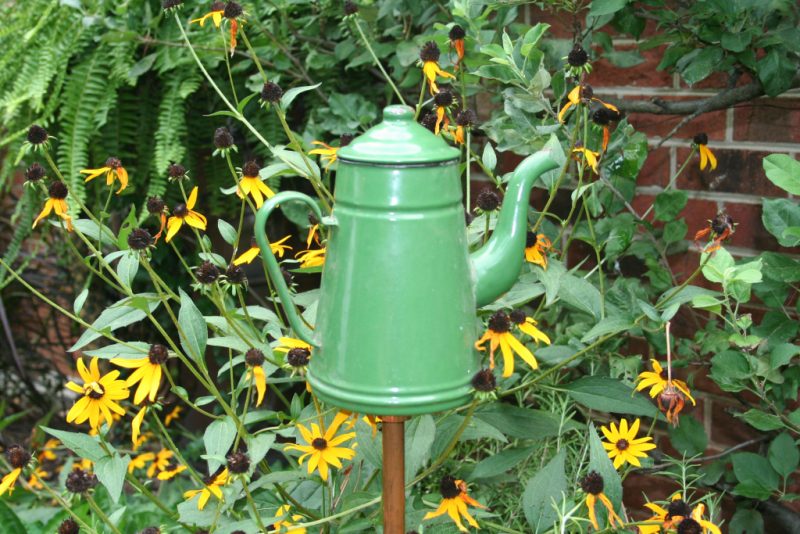
As a top dressing, infusion of mullein or green grass, a solution of wood ash are also used. A large number of top dressings will be at the expense of flowering.In the fall, they feed phosphorus-potassium fertilizer so that rudbeckia wintered well.
The plant must be watered, not allowing the soil to dry out very much. On hot summer days, when there is a threat of drought, the soil is abundantly moistened and mulched.
Plant pruning
In one place, rudbeckia can grow 3-5 years.
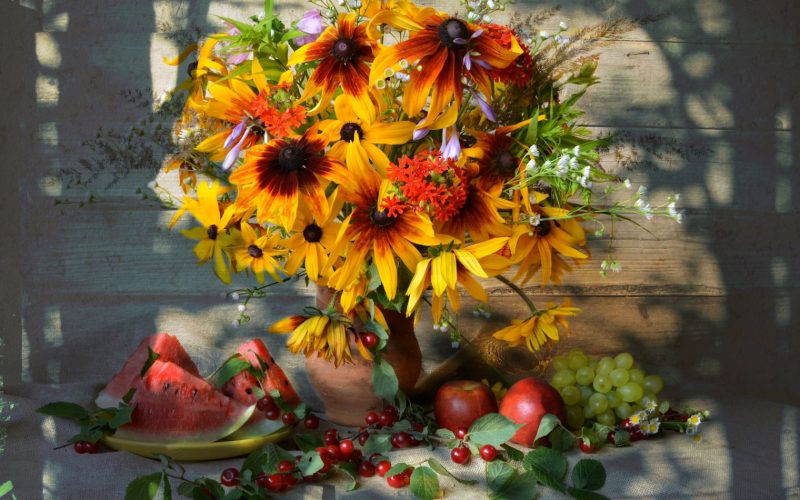
After this, you need to update the plant from seeds or divide it by rejuvenating the bush.
After flowering, dried flowers are cut to the first healthy leaf - then the plant will give new side shoots, which will again begin to bloom beautifully.
Perennial rudbeckia are cut to the root in late autumn. In cold winters and frosts they need shelter. For these purposes, you can use spruce spruce branches or dry grass. If the temperature in winter does not fall below 0 ° C, it is not necessary to cover the plant.
Care after flowering in the winter
After flowering, the rudbeckia seeds fall into the soil and germinate by self-sowing. To prevent this, faded flowers are removed in time or tied with gauze until the seeds ripen. Dried flower stalks pruned.
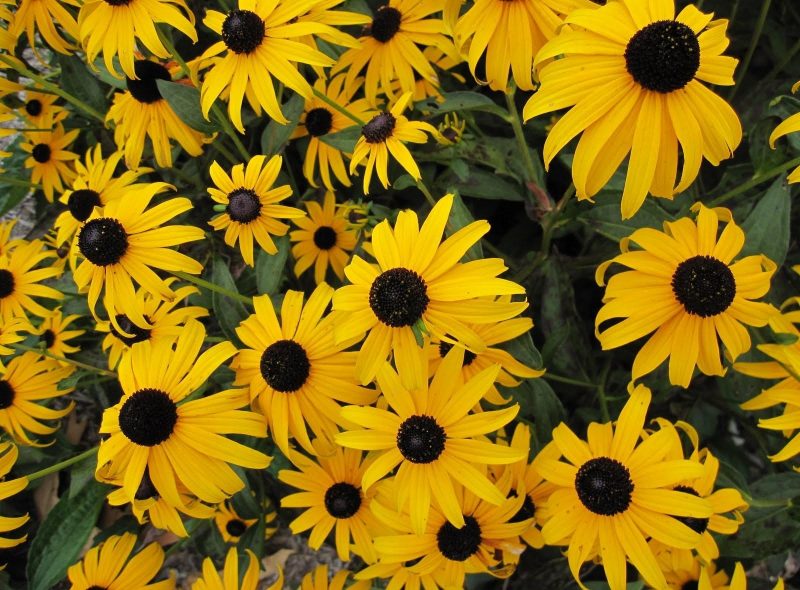
For wintering, it is desirable to cut the plant and mulch it with a layer of peat or sawdust. In order to protect the roots from freezing. You can cover with spruce branches or hay.
Pest and disease protection
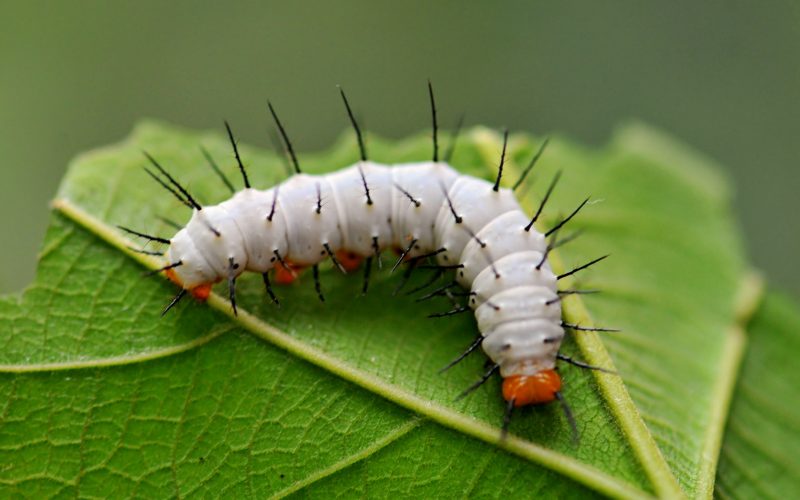
- If the soil is too wet, the flower may become powdery mildew. At the first signs of a disease, the plant must be treated with the fungicide “Skor”, a solution of colloidal sulfur or copper sulfate at the rate of 80 g per 10 liters of water.
- If brown spots appear on the leaves, you may suspect that the flower has been damaged by the leaf nematode. Bazamide, Nemaphos, and Nemagon are effective against this insect. Sick plants are cut and burned.
- May damage rudbeckia and caterpillars.
But in general, the plant is resistant to disease. It tolerates small inconveniences well - bright sun, dry soil and high humidity.
Use in landscape design
The blossoming flowers of rudbeckia do not fade for a long time, because this is a wonderful plant for landscape design. She looks very decorative and cheerful on the flower garden. All types are unpretentious in care, and do not require great knowledge and skills from the grower.
- In the flower garden, rudbeckia can be planted as a single plant in order to decorate an unsightly fence or farm building.
- The plant is beautifully combined with tall perennials in the flower bed - bright yellow goldenrod, lilac september, multi-colored phlox.
- You can grow perennial rudbeckia with a lush bush in large flower pots, installing them in various places of the garden as desired.
- The beauty of the bright colors of rudbeckia is set off by evergreen spruce and juniper.
- With stunted annuals or perennials, tall rudbeckia bushes are planted in the background or in the center of the flower bed.
All the warm season, from the end of June, rudbeckia will delight you with beautiful flowering. Sometimes bright flowers adorn the garden until late autumn, until the cold comes.













